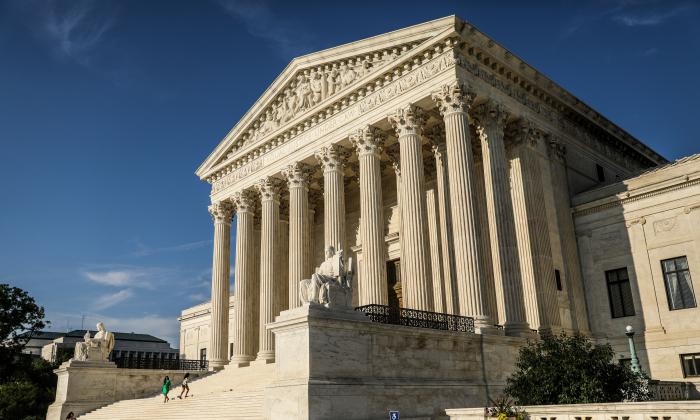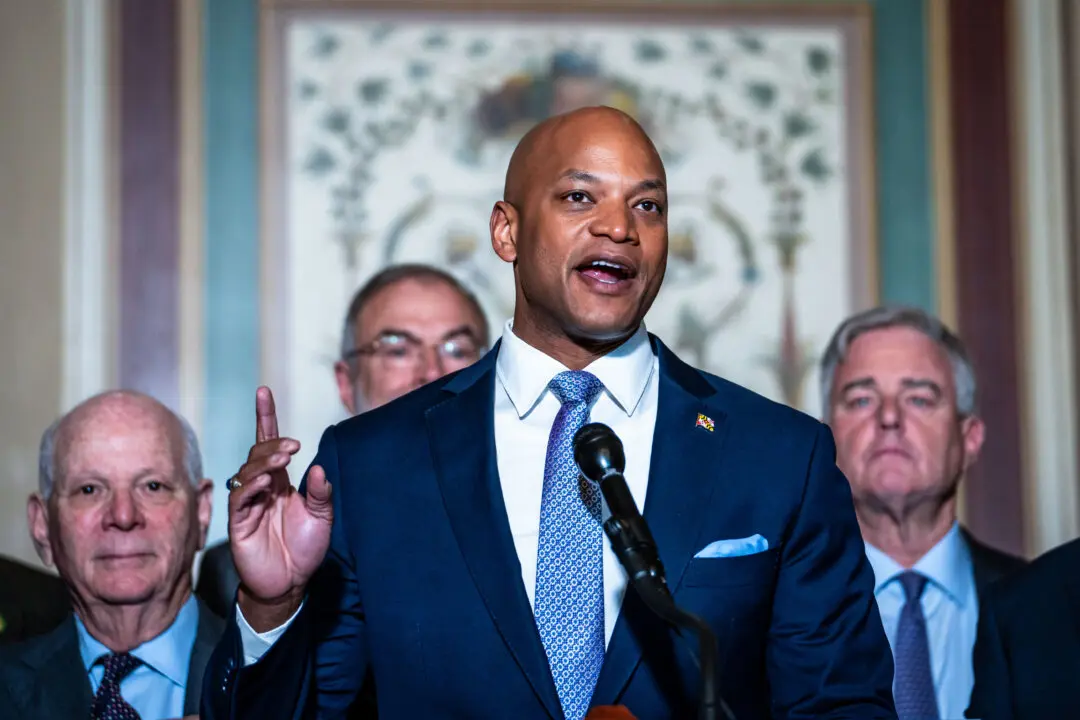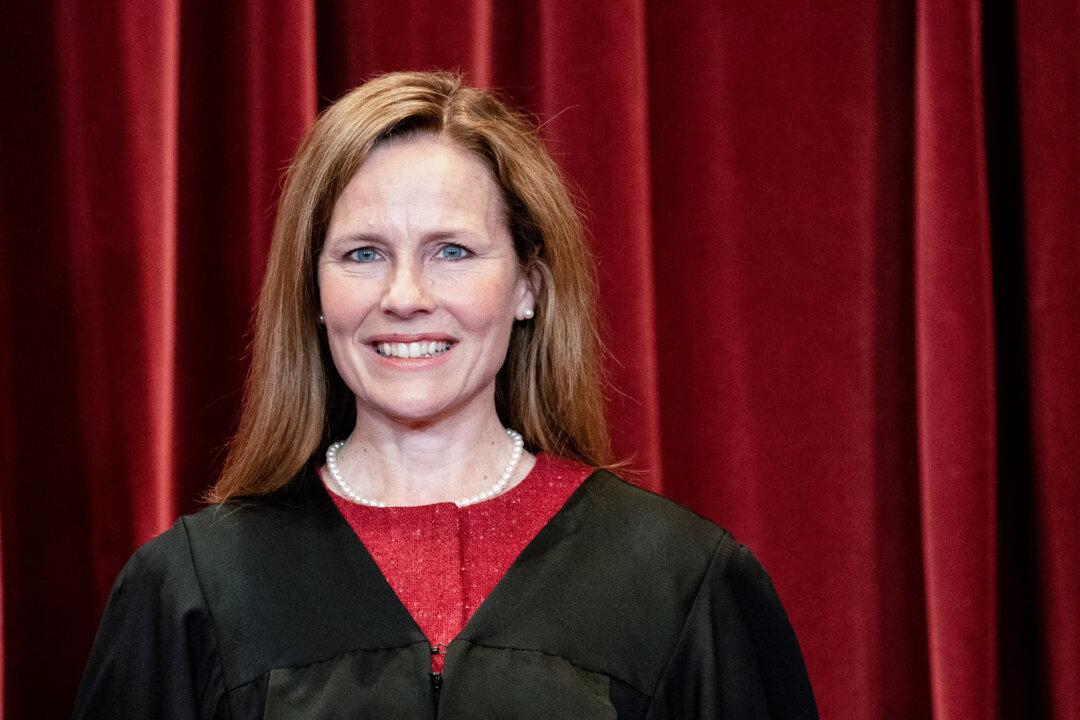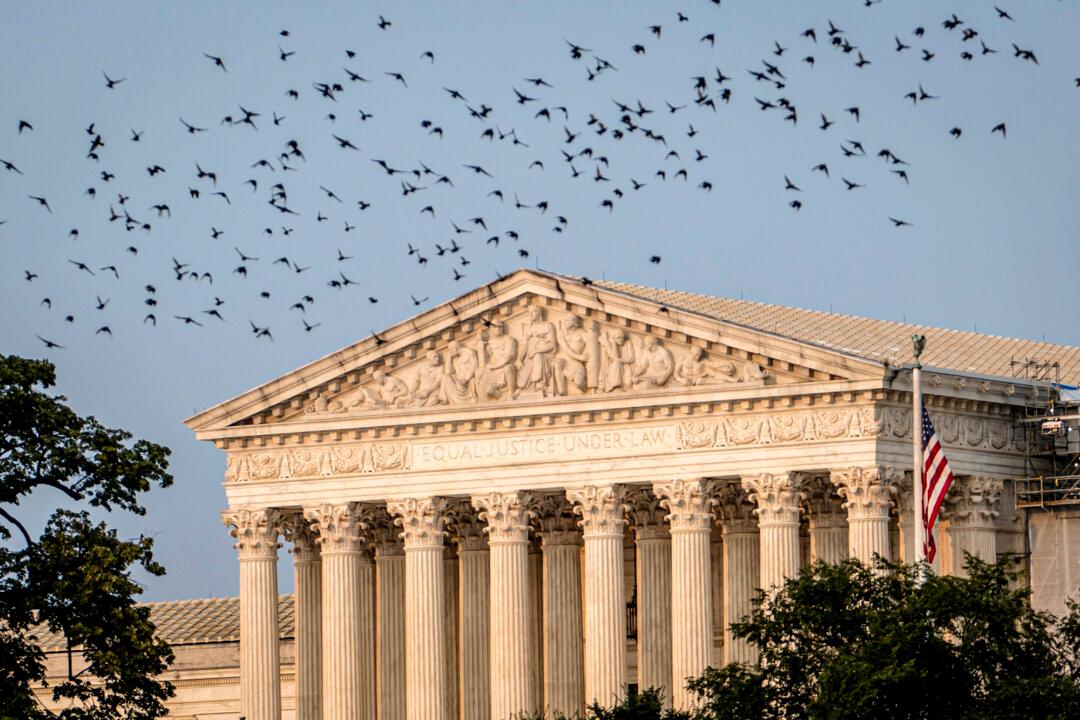Apple Inc.’s App Store holds an unlawful monopoly that harms iPhone owners by forbidding competition in app sales, a lawyer for owners hoping to pursue a class-action lawsuit against the company told the Supreme Court.
During oral arguments Nov. 26, the justices seemed broadly amenable to the idea that the App Store as it is currently organized may run afoul of federal antitrust laws.
Apple and the Trump administration take the position that iPhone owners lack legal standing to sue under such laws, on the theory that they are purchasing apps directly from developers, with Apple acting merely as the developers’ agent.
A ruling against Apple, which would allow the consumers’ stalled antitrust suit to move forward, would send shock waves through Silicon Valley and the world of electronic commerce. App Store sales brought Apple about $11 billion in commissions last year and developers a reported $26 billion.
Apple became the first publicly traded company ever to hit a market capitalization of $1 trillion in August. The figure climbed even higher to $1.1 trillion last month, before receding to its current valuation of about $828 billion.
In Apple’s unique marketplace, the App Store, iPhone users are only allowed to purchase approved apps that use the company’s operating system known as iOS. Users cannot purchase apps elsewhere. Apple charges a 30-percent commission to developers.
No other “e-commerce distributor ... does what it does,” lawyer David C. Frederick told the court on behalf of lead plaintiff Robert Pepper of Chicago and other consumers. “In every other instance ... there is an alternative to buying the product.”
“Apple doesn’t even do this with its own computer software,” he said. “If you buy software, you can buy it open source and you do not have to buy it through Apple’s monopoly chain.”
In the App Store, “Apple has found ways using technology and contractual constraints to limit the opportunity of a competitive market to flourish,” Frederick said. “If a competitive market did flourish, the prices that iPhone owners pay would be lower.”

Justice Stephen Breyer seemed to encourage Frederick during oral arguments.
Legal Fiction
In the case before the high court, the Cupertino, California-based company tried to bury the now 7-year-old class-action lawsuit and a federal judge in nearby Oakland obliged, finding the consumers involved weren’t direct purchasers of the apps. The higher fees they paid for apps, that court found, had been passed on to them by developers, not by Apple.But that finding is problematic. It relies on a judicially imposed legal assumption helpful to Apple that was created in a decades-old Supreme Court case called Illinois Brick Co. v. Illinois.
In that landmark 1977 decision the high court “adopted the legal fiction that illegal overcharges are never passed on to end users by intermediary parties who bought from an antitrust violator,” according to the states.
Litigation Scheme
While Apple attorney Daniel M. Wall was explaining during oral arguments how the money that passes through the App Store gets divided, Breyer interrupted him, saying “I don’t see anything in Illinois Brick that conflicts with that.”Wall shot back: “Everything in Illinois Brick conflicts with that.”
Breyer continued, saying, “If Joe Smith buys from Bill, who bought from the monopolist, then we have something indirect. But, if Joe Smith bought from the monopolist, it is direct. That’s a simple theory.”
“Now, I can’t find in reason, or in case law, or in anything I’ve ever learned in antitrust, anything that would conflict with that,” the justice said.
“What conflicts with that, in this case, is that the alleged monopolization,” Wall said, “which is over the distribution function, allegedly first manifests in a 30-percent commission. Consumers do not pay the 30-percent commission.”

Justice Samuel Alito told Wall there was something that “troubles me about your position.”
The Illinois Brick case “was not about the economic theory,” Alito said. “It was about the court’s—the court’s—the basis for the decision was not economic theory, as I read the case. It’s the court’s calculation of what makes for an effective and efficient litigation scheme.”
“And maybe your answer to this question is that the validity of Illinois Brick is not before us. But I really wonder whether, in light of what has happened since then, the court’s evaluation stands up.”
Alito offered a hypothetical to Frederick.
“If this case were to go to trial as a class action, would every app purchaser potentially be entitled [under an antitrust statute] to three times the 30-percent overcharge, or would it depend on the particular app?”
Frederick replied that he wasn’t sure how the evidence would be presented at trial.
But the trial should be allowed to proceed to deter antitrust violations in the marketplace, he said.
“This court has made very clear in its cases that the point of having that deterrence is to avoid having the monopolist in this case act in a way that it’s not penalized for its monopoly behavior. And if you were to suppose that it was just a single damages problem, it would be easy for monopolists to simply act, and, if they get caught, they just simply pay over what they caused in damage, but the idea behind the Clayton Act’s treble damages remedy is designed to deter actions just like this.”





